The Big “M” and Dreaded “P” of Weight Loss
Category: Healthy Weight
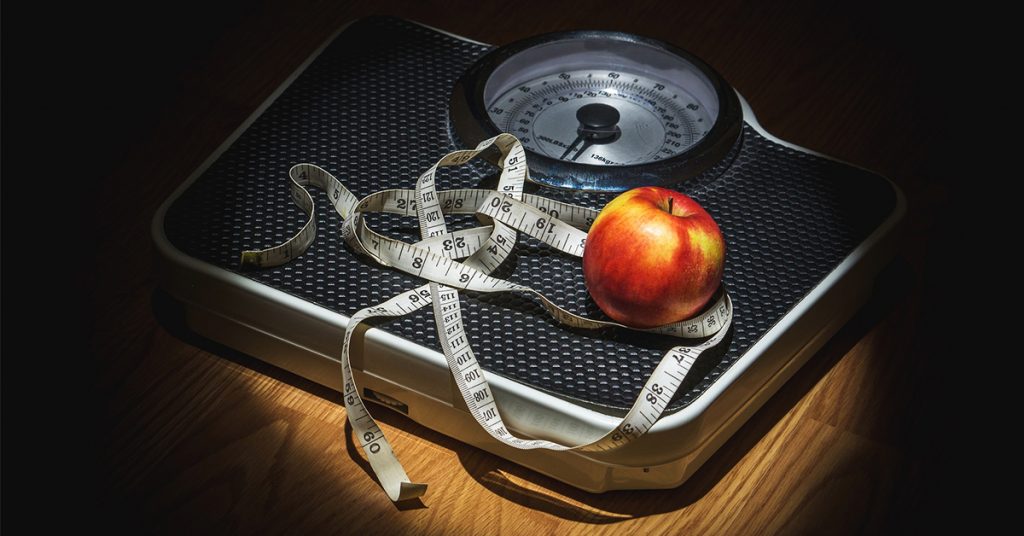
The big “M” of obstacles against weight loss – METABOLISM! From the time women are 30 and men are 40, we are fighting muscle loss. In fact we lose 2-3% per decade – and that can go as high as 8% with a period of bed rest. I know. I’ve been there!! The more muscle we have the higher our metabolism runs.
So how can we pick it up? And what about the dreaded “P” of weight loss? PLATEAU! How is it tied to metabolism and why should you be excited when it happens??
Plateaus are Good Signs
This is a very “layman’s explanation” but one that I hope will explain why a plateau is a good sign that fat loss is happening! Once you understand the process of weight loss, you will actually be GLAD when you stop losing weight on your program – or even gain a little weight at periods throughout your fat loss process.
Weight loss is not a straight line process as pictured in Figure 1 below. Weight loss resembles more the “stair step” process as pictured in Figure 2. At the plateaus or flat spots on the graph, you may even gain some weight – but this is cause for rejoicing!!!
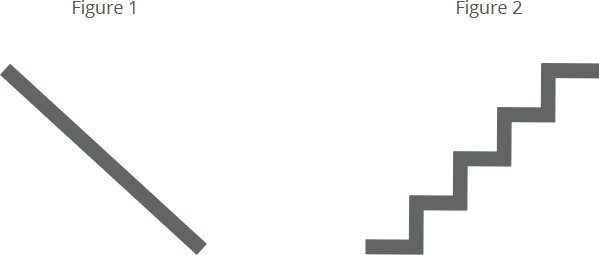
You see, on the first part of your program, your rapid weight loss is, in part, due to water loss as well as fat. So often, after 7-10 days, weight loss may temporarily stop. Unfortunately, it is here that people get discouraged and stop “dieting”, too. Yet, it is here that “real” fat loss occurs. As we lose weight – fat from the cells – the body begins to retain water to maintain the shape and configuration of its cells as fat is lost. Our cells memory is tuned to that shape and size and wants to stay right there!!
Hold on to that thought – and this is the important part! Water is heavier than fat, so while your weight may remain stable or even increase, you are STILL LOSING BODY FAT!!! As the water is maintaining the shape of your cells, fat is still being lost from the cells. So even though your scales may indicate otherwise, you really are winning the losing battle!!!
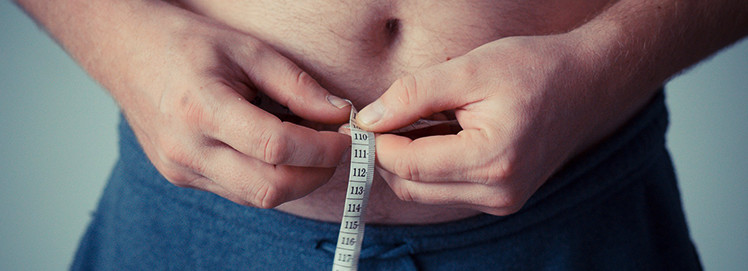
A more modern picture is the Body Set Point Theory. It is related to metabolism. The theory suggests that there is an internal control mechanism that dictates how much weight our body “wants to carry”. Those with a higher set point and therefore a higher body weight, have a more difficult time losing weight because their bodies resist change. If they do lose the weight, their body quickly responds by trying to gain the weight back to their set point. The good news is there are ways to alter one’s set point including regular exercise and losing weight slowly – no more that 1-2 lbs a week. (Yay Shaklee 180!) Safe slow weight loss provides your body time to naturally adjust to its new set point.
To break the plateau or body set point, metabolism is a huge factor! Metabolism is described simply as the rate at which you burn calories.
There are 3 specific types of metabolism
1. Resting Metabolic Rate (RMR) is the number of calories we burn to maintain vital body processes like breathing, heart and brain functions, heat production (I guess now I’ll thank my husband for keeping the AC at meat locker level!), growth, etc and accounts for about 70% of our calorie usage.
2. Thermal Effect of Food (TEF) is the number of calories burned from the food digestion, absorption and storage process and accounts for 5-10% of calorie usage. (Doesn’t this make sense now as for the difference that eating every 2 1/2 – 3 hours can make?)
3. Physical Activity Energy Expenditure (PAEE) is the number of calories we burn for any exercise plus our normal daily life activities like dishes, laundry, meals, cleaning, carpools, soccer games and dance lessons, etc. and accounts for 15% PLUS of our calorie usage. See why an ACTIVE lifestyle helps?
So, if you want to lose weight, you will need to create a caloric deficit. Burning or reducing 3500 calories in excess of what you consume will result in one pound of weight loss, thus a picture of why portion control is so important. However, as we age we naturally experience a slowing down of our metabolism, we now know, largely in part because of age-related muscle loss. However, there are things we can do to bolster our metabolism.
9 Tips to Boost Your Metabolism
1. As we have discussed so much, evidence suggests that a muscle loss of 5# per decade is associated with a 3% per decade reduction in our resting metabolism which predisposes us to a dramatic increase in body fat. So to increase your metabolism you must increase your muscle mass. To do this you must add strength straining to your workout routine.
Cardio is important but weight training helps to build muscle. Muscle burns calories just by existing! Fat does not. Even at rest muscle is burning calories. Weight training can boost your metabolism for up to 2 hours after your workout – and actually for the next several hours after, depending on the intensity and length of your workout. So hit the weights!!!
If you are doing cardio, for example a 30 minutes treadmill workout, throw in some intervals at a higher speed or higher incline. Alternate a few minutes of higher intensity with a return to a comfortable level. Repeating that a few times will increase your calorie burn and is the type of exercise known to target and burn belly fat. MUSCLE = METABOLISM!
2. Do not skip breakfast! After 8 or so hours without food, your body needs fuel. Eating a good balance of protein and good carbs will jump-start your metabolism and give you energy! (A Shaklee Smoothee is a perfect jump-start!)
3. Eat small, more frequent meals and snacks throughout the day. Eating 5 times through the day will continually stoke your metabolism. Eating a big, high calorie meal slows your metabolism, causing excess calories to more easily be stored as fat.
4. Avoid sweets and refined processed foods – otherwise known as “junk food”! They are empty calories that trigger an insulin response and a blood sugar bounce. This tells your body to store those empty calories as fat. These foods also make us hungrier and set us up to crave them more and therefore, overeat! Eating sugar begats eating sugar!!!
5. Drink more water. The kidneys cannot function without enough water. When they don’t work to capacity, the extra load is passed on to the liver. The liver functions to metabolize stored fat as usable energy. If the liver has to do the kidney’s work, it can’t work full throttle. As a result, less fat is metabolized and remains stored as fat and weight loss can stop. Drink one half your body weight in ounces daily. When our body is hydrated properly, it will let go of excess fluid!
6. Don’t starve yourself. Research shows that reducing calories to less than 1000 per day slows metabolism by 25%. Below 500 calories it slows by up to 90%! The body slows to conserve energy so that you use only that amount of calories to maintain your weight. You won’t burn more. Skipping meals has also been shown to only cause us to eat more calories at the next meal. Our body perceives lack of nourishment throughout the day as a deficit and dramatically increases night time snacking.
7. Drink green tea. Green tea contains EGCG that helps to burn calories by creating a gentle thermogenic effect and promotes the burning of fat for energy. Scientific evidence establishes that green tea helps you burn a much higher percentage of fat than your body normally would burn. 270 mg EGCG is the magic amount and that’s what’s in our Metabolic Boost and Shaklee Energy Tea.
8. Don’t neglect your daily supplements. Protein and B-Complex are especially helpful in boosting metabolism. For a persistence plateau, a little extra of these can make a big difference in getting past it and lecithin (an EFA), because of it’s fat emulsifying abilities.
9. If a plateau persists, the Shaklee Healthy Cleanse, is a sure-fire way to create a metabolism reset.
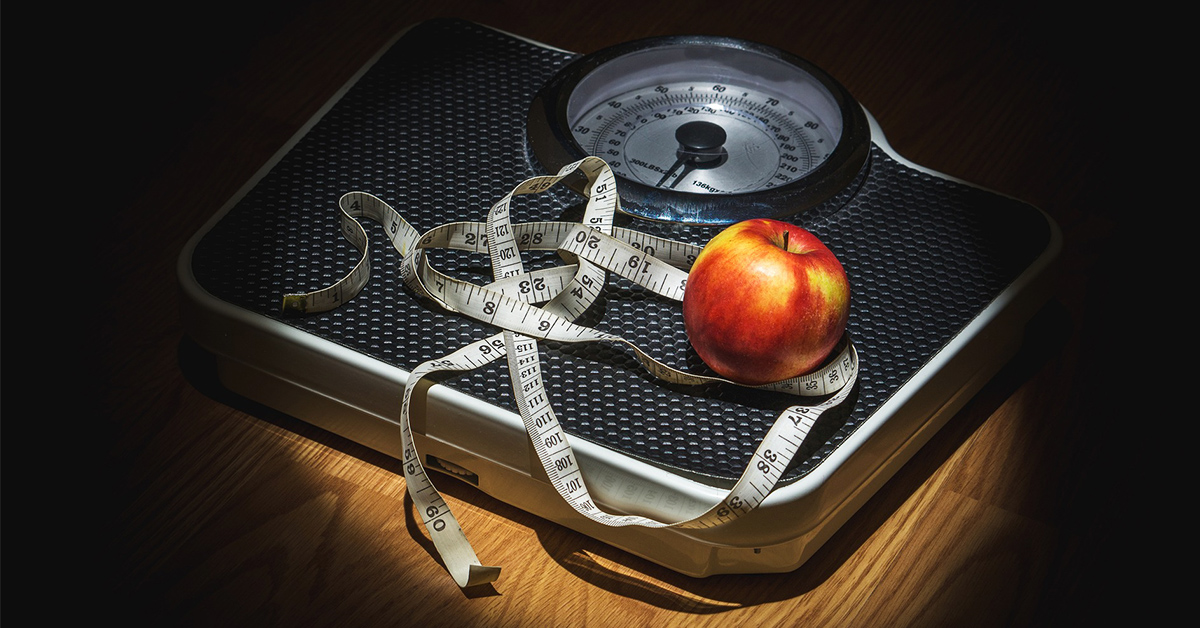
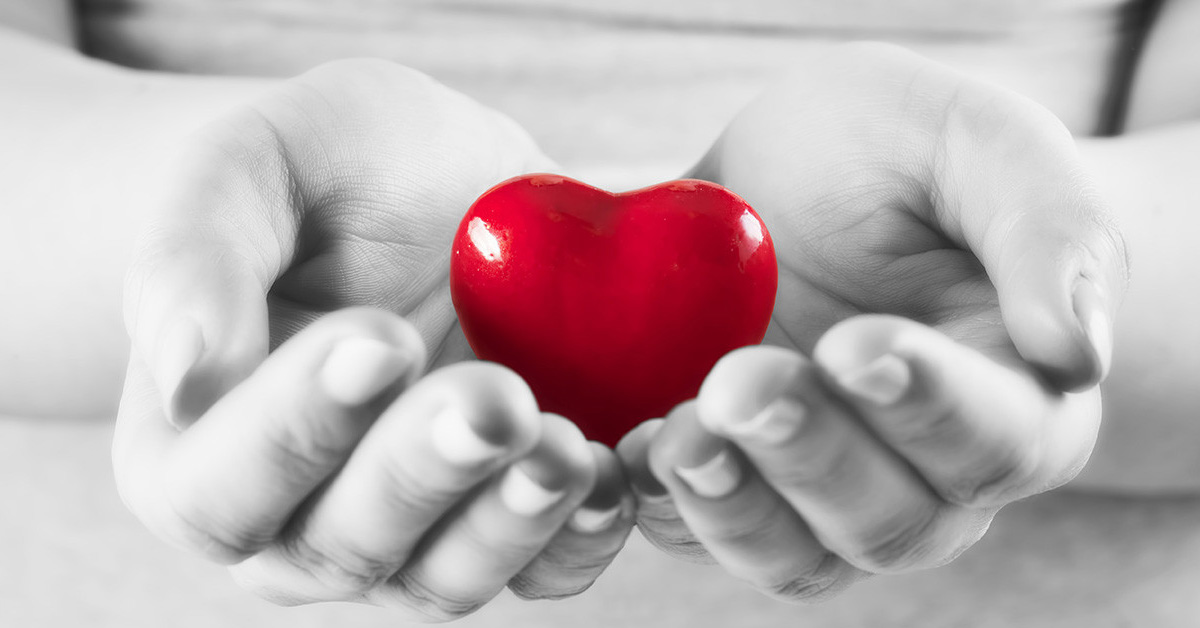
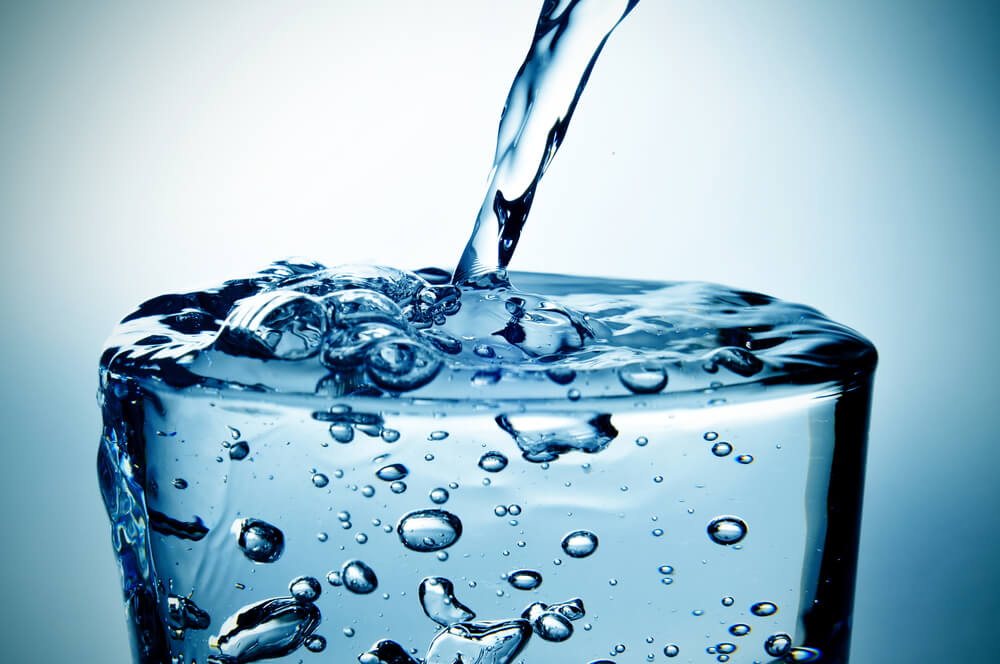
Facebook Comments